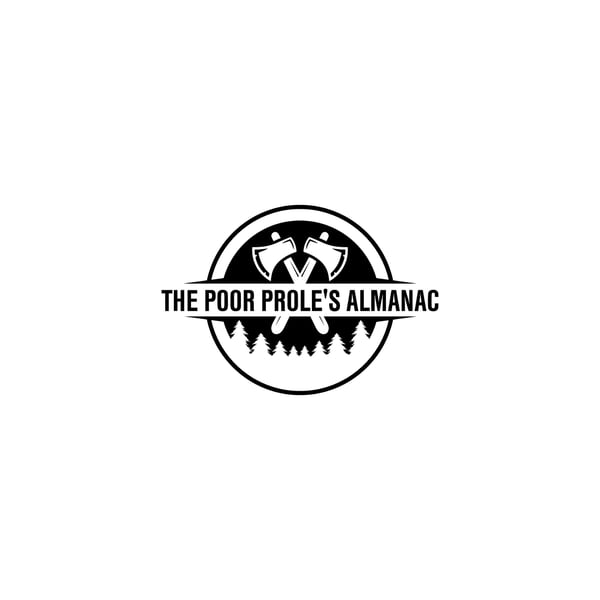The Hickory
The Poor Prole’s Almanac
Bleav + The Poor Prole’s Alamanac
5 • 761 Ratings
🗓️ 11 December 2023
⏱️ 47 minutes
🧾️ Download transcript
Summary
Transcript
Click on a timestamp to play from that location
| 0:00.0 | Welcome back, everyone. |
| 0:16.0 | This is Elliot with the Port Poles Almanac, and we're here again today to talk about nuts. |
| 0:22.8 | Hell yeah. |
| 0:23.2 | Nut time. |
| 0:24.1 | Phenorm. |
| 0:24.8 | May he rest in peace. |
| 0:26.2 | RIP in peace, buddy. |
| 0:27.4 | May he rest in halves and pieces. |
| 0:29.4 | Hives and pieces. |
| 0:30.9 | Today we're talking about hickories. |
| 0:32.9 | So at this point, we've covered oaks, chinkapins, and black walnuts. |
| 0:37.0 | And arguably, the oak is probably the only |
| 0:41.2 | one that compares to the hickory in terms of, I guess, like, significance for people and pollinators. |
| 0:47.5 | I think most people are familiar with corn. I would hope so. That it was a staple crop in North |
| 0:52.9 | America when the Europeans came over. |
| 0:55.4 | However, the role of hickories has actually been kind of misunderstood during this period and really downplayed. |
| 1:01.9 | Before we get going, Ellie, have you ever had a hickory nut? |
| 1:04.6 | Like, one of the sweet ones? |
| 1:06.3 | No, but I did lose to a hillbill in a barnyard wrestling match one time. |
| 1:10.4 | It was his secret move. |
| 1:11.4 | It was called the Hickory Nut Crunch. |
| 1:13.3 | It was like the most vicious. |
... |
Please login to see the full transcript.
Disclaimer: The podcast and artwork embedded on this page are from Bleav + The Poor Prole’s Alamanac, and are the property of its owner and not affiliated with or endorsed by Tapesearch.
Generated transcripts are the property of Bleav + The Poor Prole’s Alamanac and are distributed freely under the Fair Use doctrine. Transcripts generated by Tapesearch are not guaranteed to be accurate.
Copyright © Tapesearch 2025.

